

Crypto Fund Research Reports
Crypto fund quarterly reports.
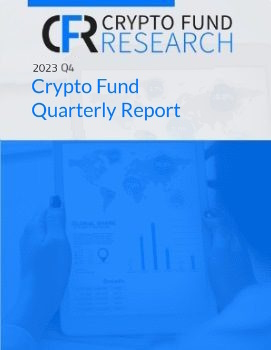
Q4 2023 Crypto Fund Quarterly Report

Q3 2023 Crypto Fund Quarterly Report

Q2 2023 Crypto Fund Quarterly Report
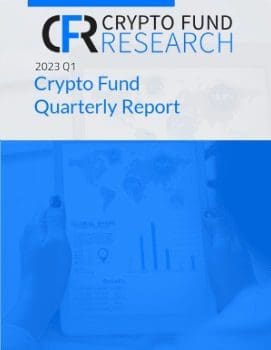
Q1 2023 Crypto Fund Quarterly Report

Q4 2022 Crypto Fund Quarterly Report
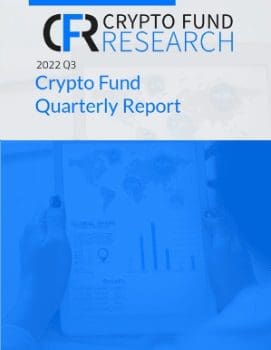
Q3 2022 Crypto Fund Quarterly Report
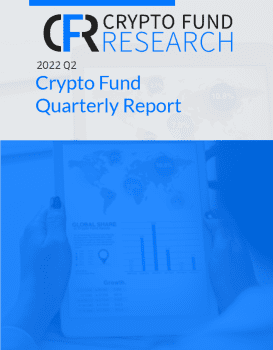
Q2 2022 Crypto Fund Quarterly Report
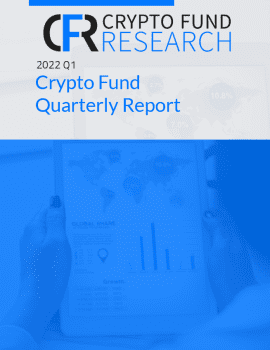
Q1 2022 Crypto Fund Quarterly Report
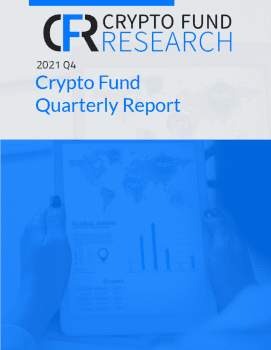
Q4 2021 Crypto Fund Quarterly Report
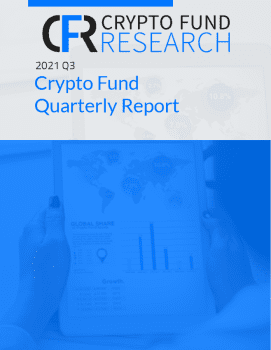
Q3 2021 Crypto Fund Quarterly Report

Q2 2021 Crypto Fund Quarterly Report

Q1 2021 Crypto Fund Quarterly Report
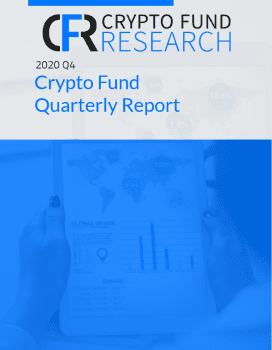
Q4 2020 Crypto Fund Quarterly Report
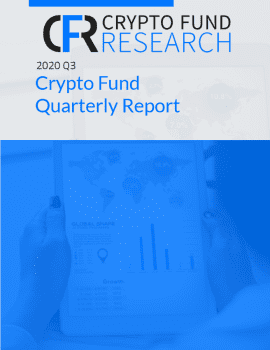
Q3 2020 Crypto Fund Quarterly Report

Q2 2020 Crypto Fund Quarterly Report

Q1 2020 Crypto Fund Quarterly Report
Crypto Fund Surveys
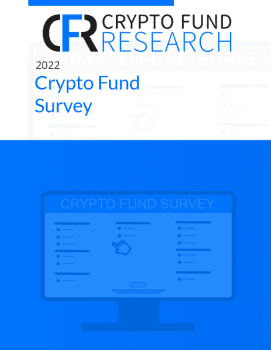
2022 Crypto Fund Survey

2021 Crypto Fund Survey

2020 Crypto Fund Survey

Other Research
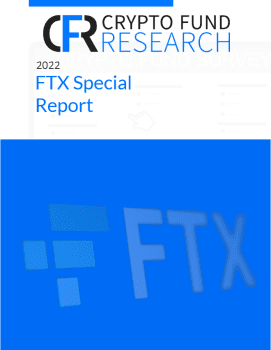
FTX Special Report on Crypto Fund Exposure
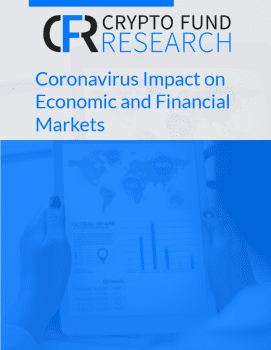
Covid-19 Impact on Financial and Economic Markets
Privacy Overview

IMAGES